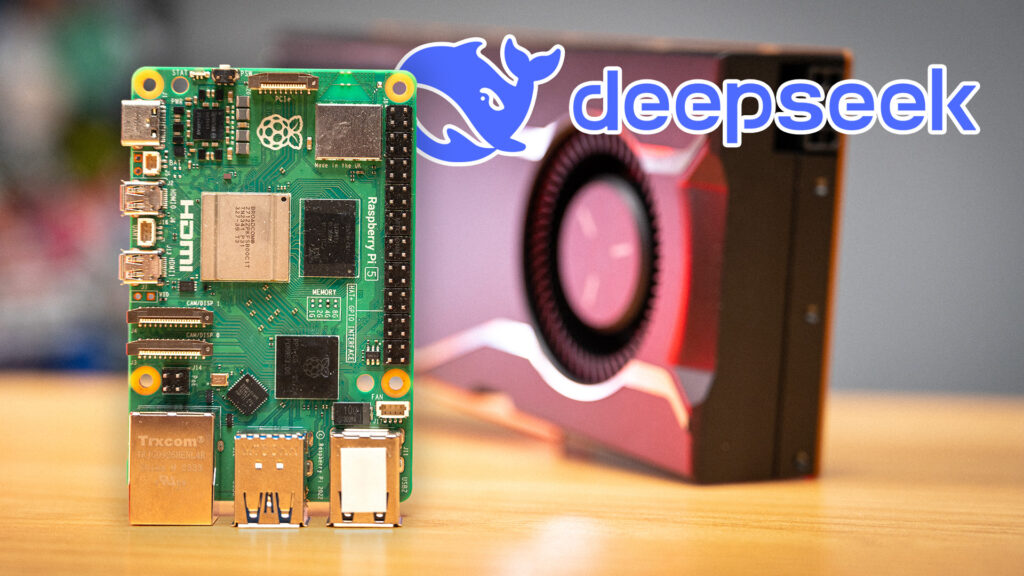Introduction
Artificial intelligence and machine learning have been evolving at an unprecedented pace, bringing forth models with exceptional capabilities. One such breakthrough is Ollama DeepSeek V2, a Mixture-of-Experts (MoE) language model developed by DeepSeek AI. Designed for efficient inference and economical training, Ollama DeepSeek V2 has garnered significant attention in the AI community.
In this detailed guide, we will explore the architecture, features, applications, and benefits of Ollama DeepSeek V2. Whether you are an AI researcher, developer, or enthusiast, this article will provide valuable insights into how Ollama DeepSeek V2 operates and how you can leverage it for various tasks.
What is Ollama DeepSeek V2?
Ollama DeepSeek V2 is an advanced Mixture-of-Experts (MoE) language model that supports both English and Chinese. It is designed to optimize computational efficiency while maintaining high levels of accuracy and fluency in text generation. Unlike traditional transformer-based models, MoE models activate only a subset of their total parameters during inference, making them more resource-efficient.
Key Features of DeepSeek V2
- Bilingual Support: Supports both English and Chinese, making it useful for multilingual applications.
- Mixture-of-Experts Architecture: Uses only a fraction of the total parameters per inference step, ensuring efficiency.
- Two Model Variants:
- DeepSeek V2 16B Lite: 15.7 billion parameters, quantized to 8.9GB.
- DeepSeek V2 236B: 236 billion parameters, quantized to 133GB.
- Optimized for Local Execution: Can be run using Ollama, allowing for local deployment without relying on cloud infrastructure.
- High Performance in NLP Tasks: Excels in text generation, translation, summarization, and question-answering tasks.
Architecture and Technology Behind DeepSeek V2
Mixture-of-Experts (MoE) Architecture
The Mixture-of-Experts architecture is a major innovation in large-scale AI models. Instead of using all parameters during inference, MoE activates a subset of parameters, significantly reducing computational costs while maintaining high accuracy.
For example, in the DeepSeek V2 236B model, although the total parameter count is 236 billion, only about 20 billion parameters are active during inference. This selective activation enhances efficiency and speeds up processing without sacrificing performance.
Model Efficiency
- Reduced Computational Overhead: Since only a small portion of the model’s parameters are utilized per request, inference becomes more efficient.
- Scalability: This architecture allows for larger models that are still practical to run on available hardware.
- Lower Latency: By activating only relevant parts of the model, Ollama DeepSeek V2 delivers faster responses compared to fully dense models of similar sizes.
How to Use DeepSeek V2 with Ollama
Ollama provides a user-friendly interface for running large AI models locally. To get started with Ollam DeepSeek V2, follow these steps:
1. Install Ollama
Ensure that you have Ollama installed on your system. If you haven’t installed it yet, you can do so by following the official installation guide at Ollama’s website.
2. Run DeepSeek V2
Once Ollama DeepSeek V2 is installed, you can run DeepSeek V2 using the following commands:
For the 16B Lite version:
ollama run deepseek-v2:16bFor the 236B version:
ollama run deepseek-v2:236b3. Configure Language Settings
Some users have reported that DeepSeek V2 defaults to Chinese. If you prefer English responses, you may need to configure a system prompt or modify settings within Ollama.
Applications of DeepSeek V2
DeepSeek V2 has numerous applications across various domains. Here are some of the most common use cases:
1. Natural Language Processing (NLP)
- Text Summarization: Generates concise summaries of long texts.
- Sentiment Analysis: Analyzes emotions in text data.
- Named Entity Recognition (NER): Identifies entities such as names, dates, and locations.
2. Content Generation
- Article Writing: Assists in generating high-quality articles.
- Creative Writing: Can generate poetry, scripts, and fictional content.
- Product Descriptions: Automates e-commerce product descriptions.
3. Machine Translation
- English-Chinese Translation: Provides high-quality translations between English and Chinese.
- Multilingual Applications: Useful for businesses and services that require bilingual support.
4. Chatbots and Virtual Assistants
- Customer Support Bots: Automates responses to customer queries.
- Personal AI Assistants: Helps users with various daily tasks.
5. Programming and Code Assistance
- Code Generation: Assists in writing code snippets.
- Bug Fixing: Identifies and suggests fixes for programming errors.
Performance Benchmarking
DeepSeek V2 has been evaluated on various standard NLP benchmarks. It has demonstrated strong performance in:
- GPT-4 Equivalent Tasks: Competes with models like GPT-4 in text generation and reasoning.
- MMLU (Massive Multitask Language Understanding): Excels in tasks requiring multi-domain knowledge.
- Translation Accuracy: Outperforms many bilingual models in English-Chinese translation.
Comparing DeepSeek V2 to Other AI Models
DeepSeek V2 vs. GPT-4
| Feature | DeepSeek V2 236B | GPT-4 |
|---|---|---|
| Architecture | MoE (Mixture-of-Experts) | Dense Transformer |
| Parameter Count | 236B (20B active) | Undisclosed (~1T est.) |
| Languages | English, Chinese | Multilingual |
| Efficiency | High (MoE) | Lower (Fully Dense) |
| Open Source | Yes | No |
DeepSeek V2 stands out for its efficiency, bilingual support, and open-source availability, making it a strong alternative to GPT-4 for certain applications.
Conclusion
Ollama DeepSeek V2 is a groundbreaking AI model that balances performance and efficiency through its Mixture-of-Experts architecture. With bilingual capabilities, scalability, and optimized inference, it is a powerful tool for researchers, developers, and businesses alike.
Whether you are looking to generate text, translate languages, or build AI-powered applications, DeepSeek V2 provides a flexible and efficient solution. By leveraging Ollama, you can run this model locally, avoiding reliance on cloud-based services.
For further information and updates, visit the official DeepSeek V2 page.

